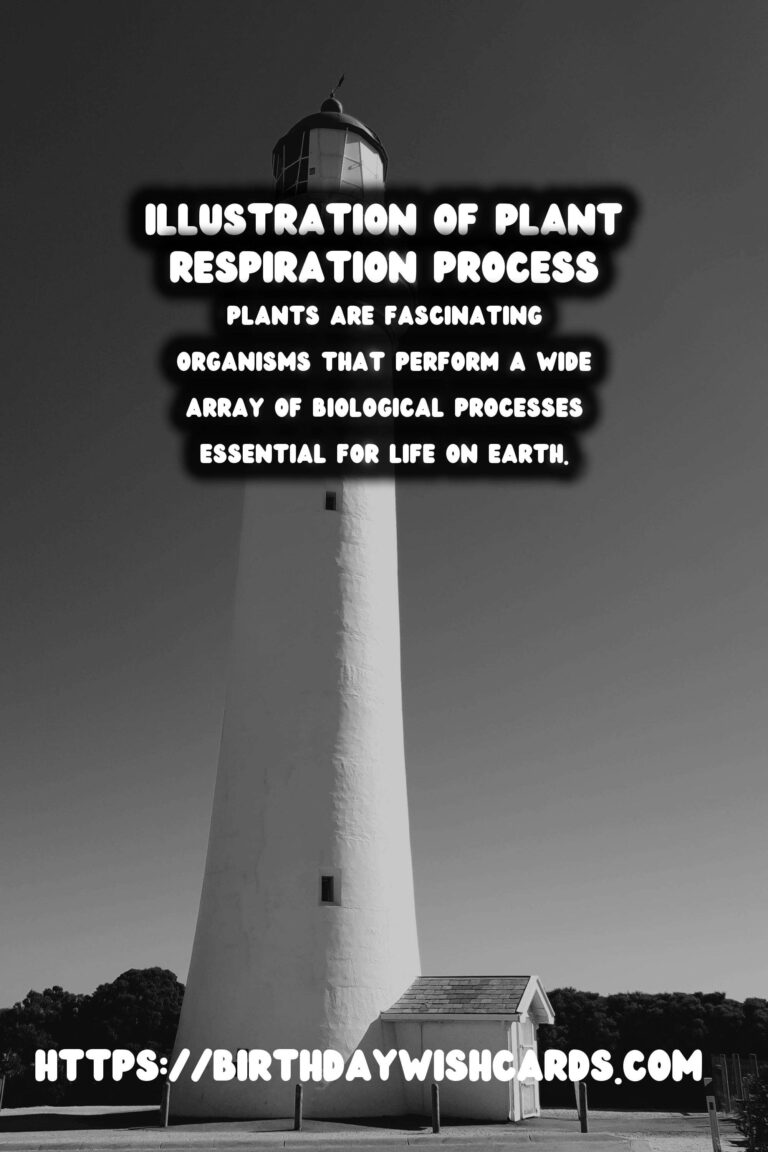
Plants are fascinating organisms that perform a wide array of biological processes essential for life on Earth. One such process is respiration, which, despite being less commonly discussed compared to photosynthesis, is equally crucial for plant survival and growth.
What is Plant Respiration?
Plant respiration is the process by which plants convert the sugars produced during photosynthesis into energy. This energy is used to fuel various cellular activities necessary for plant growth and maintenance.
How Does it Work?
The process of respiration in plants involves the breakdown of glucose molecules into carbon dioxide and water, releasing energy in the form of ATP (adenosine triphosphate). This occurs in the mitochondria, often referred to as the powerhouse of the cell.
Respiration vs. Photosynthesis
While photosynthesis and respiration are interconnected, they are essentially opposite processes. Photosynthesis involves the intake of carbon dioxide and release of oxygen, utilizing sunlight to produce glucose. In contrast, respiration involves consuming oxygen and releasing carbon dioxide while breaking down glucose.
The Importance of Plant Respiration
Respiration is vital not only for energy production but also for maintaining the carbon balance and cycling in the environment. It ensures that plants have enough energy to perform tasks like nutrient absorption, reproduction, and cell repair.
Factors Affecting Plant Respiration
Various factors influence the rate of respiration in plants, including temperature, oxygen levels, and the availability of glucose. Higher temperatures usually increase respiration rates up to a certain limit, beyond which the enzymes involved may become denatured.
Respiration in Different Parts of the Plant
Respiration occurs in all parts of the plant, including roots, stems, leaves, and flowers. Each part contributes differently to the plant’s overall respiratory output, with leaves typically having the highest activity due to their role in photosynthesis.
Common Misconceptions
One common misconception is that plants only respire at night, when photosynthesis does not occur. However, respiration is a continuous process that takes place 24/7 in all parts of the plant.
Conclusion
Understanding plant respiration provides valuable insight into how plants function and adapt to their environments. As crucial as photosynthesis, respiration ensures that plants have sufficient energy to sustain life.
Further Reading
For more information on plant respiration, consider exploring scientific articles and textbooks dedicated to plant biology.
Plants are fascinating organisms that perform a wide array of biological processes essential for life on Earth. Understanding plant respiration provides valuable insight into how plants function and adapt to their environments. 
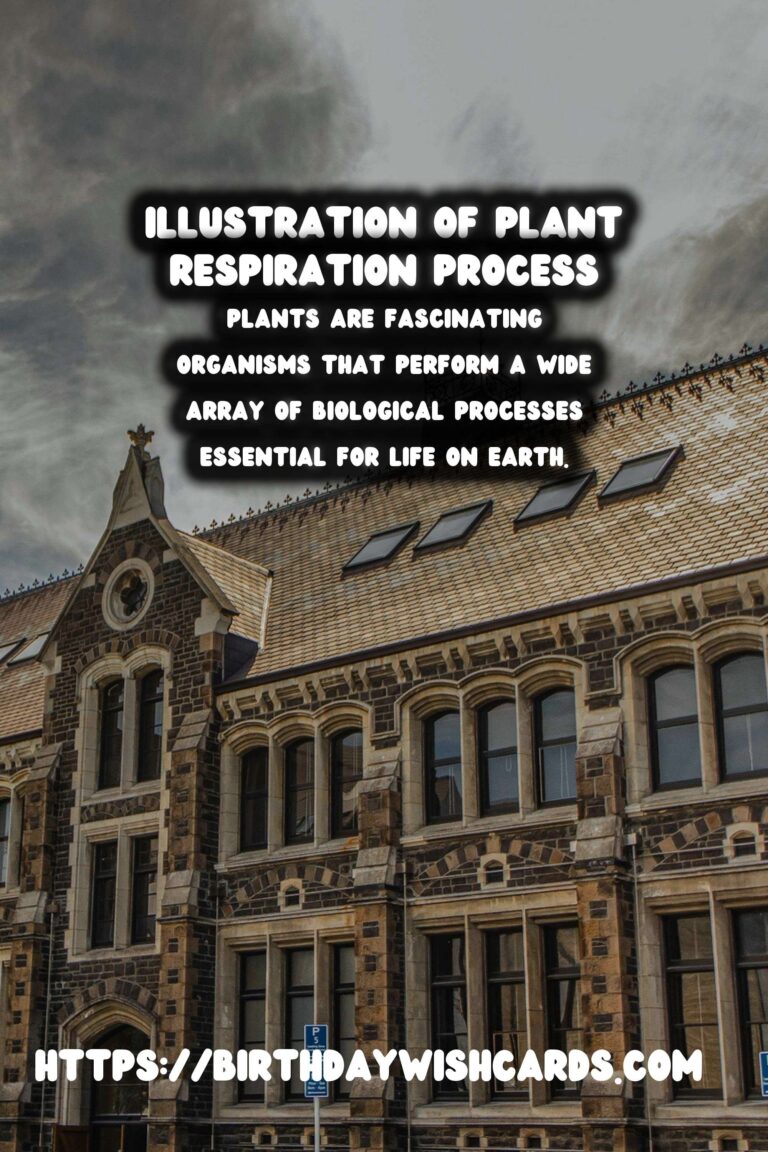
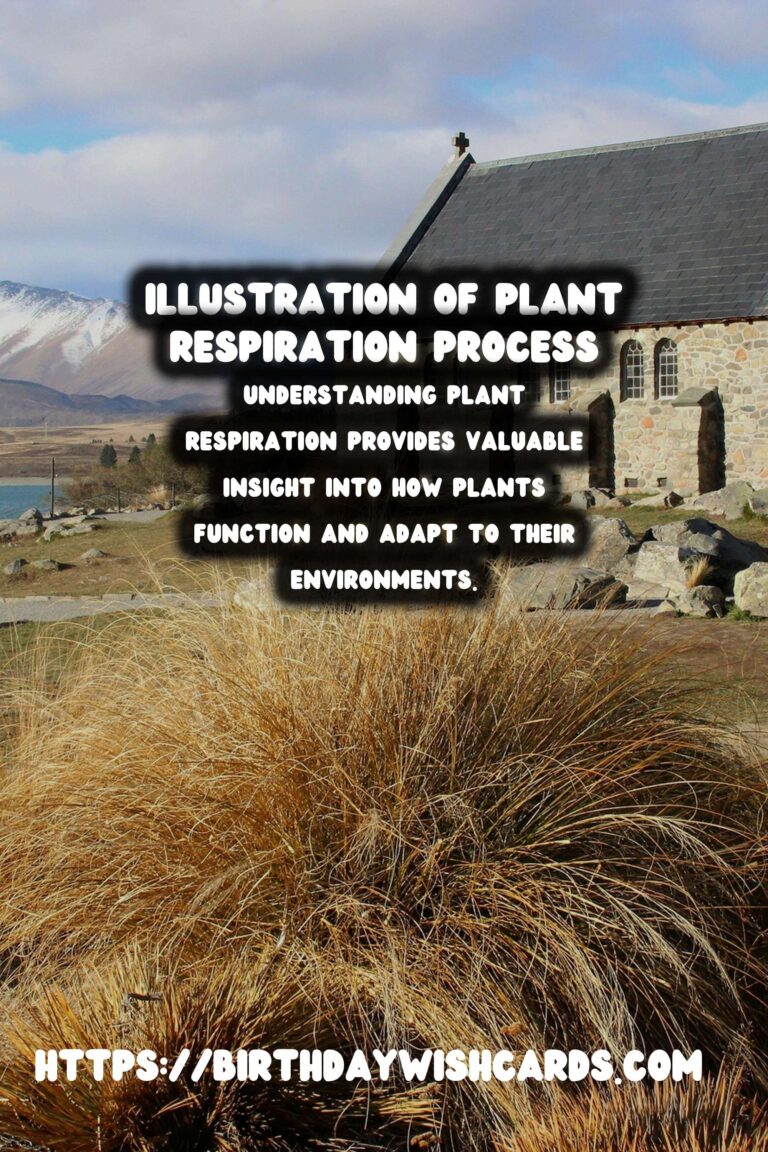
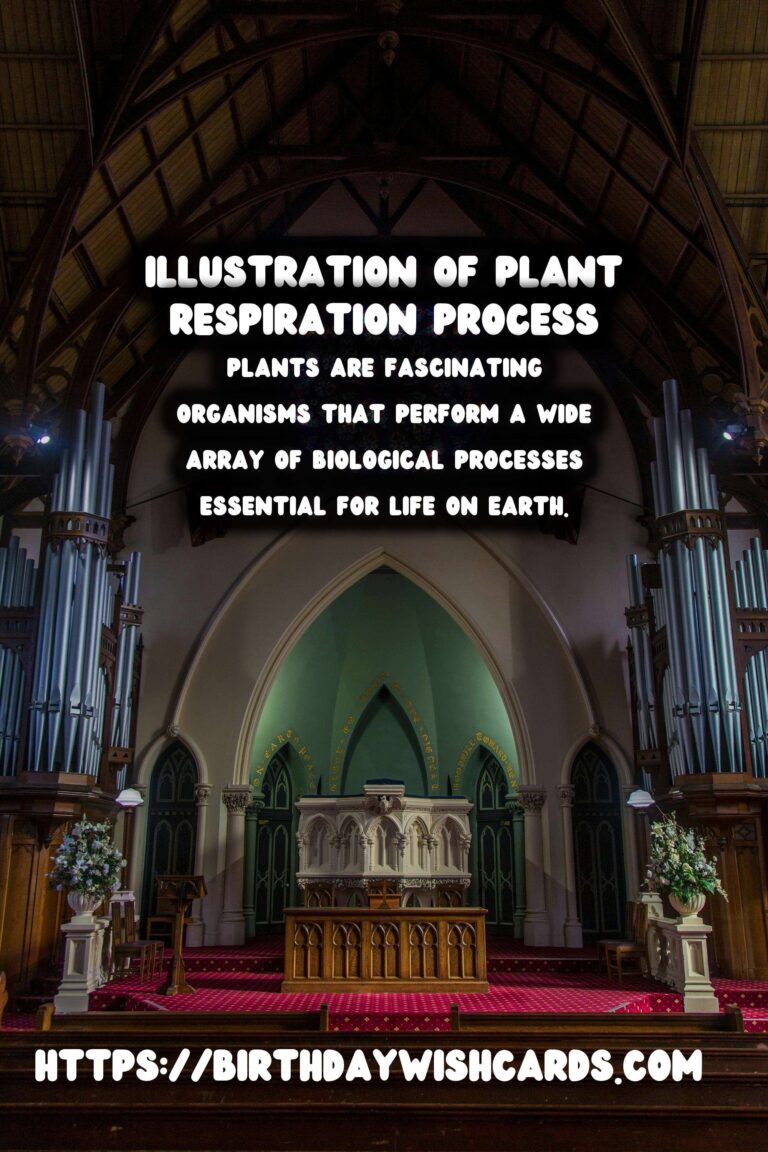
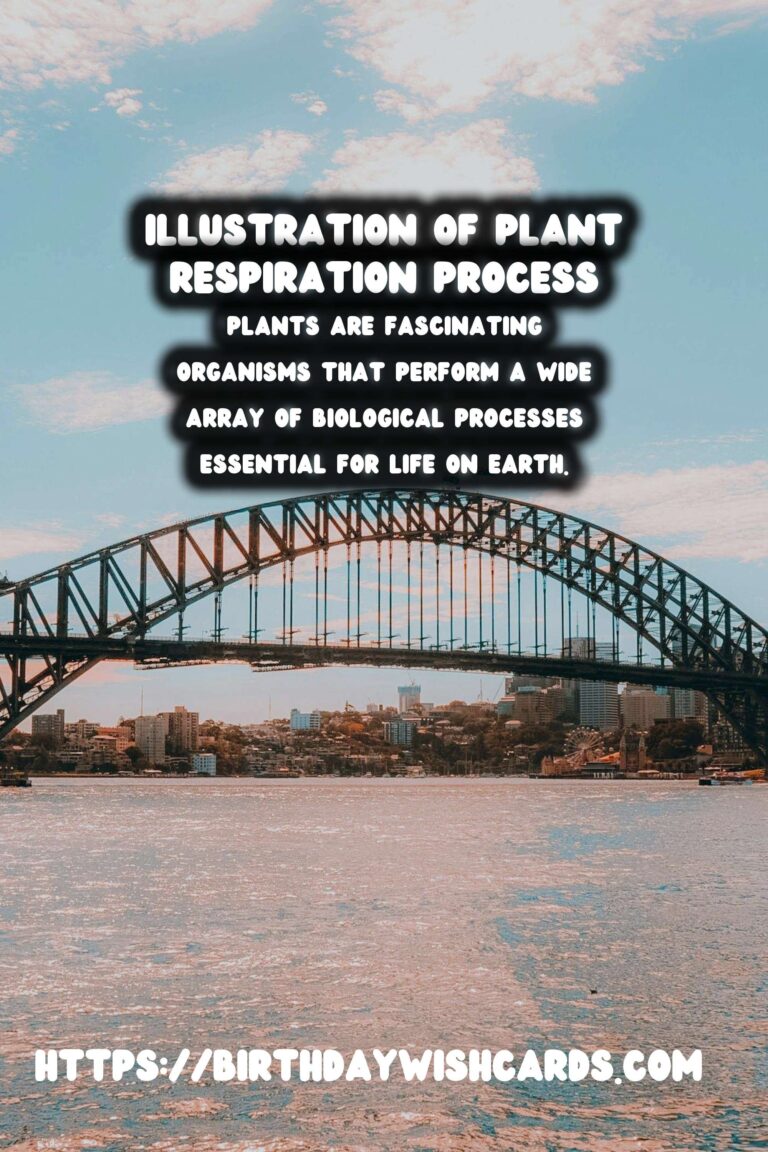
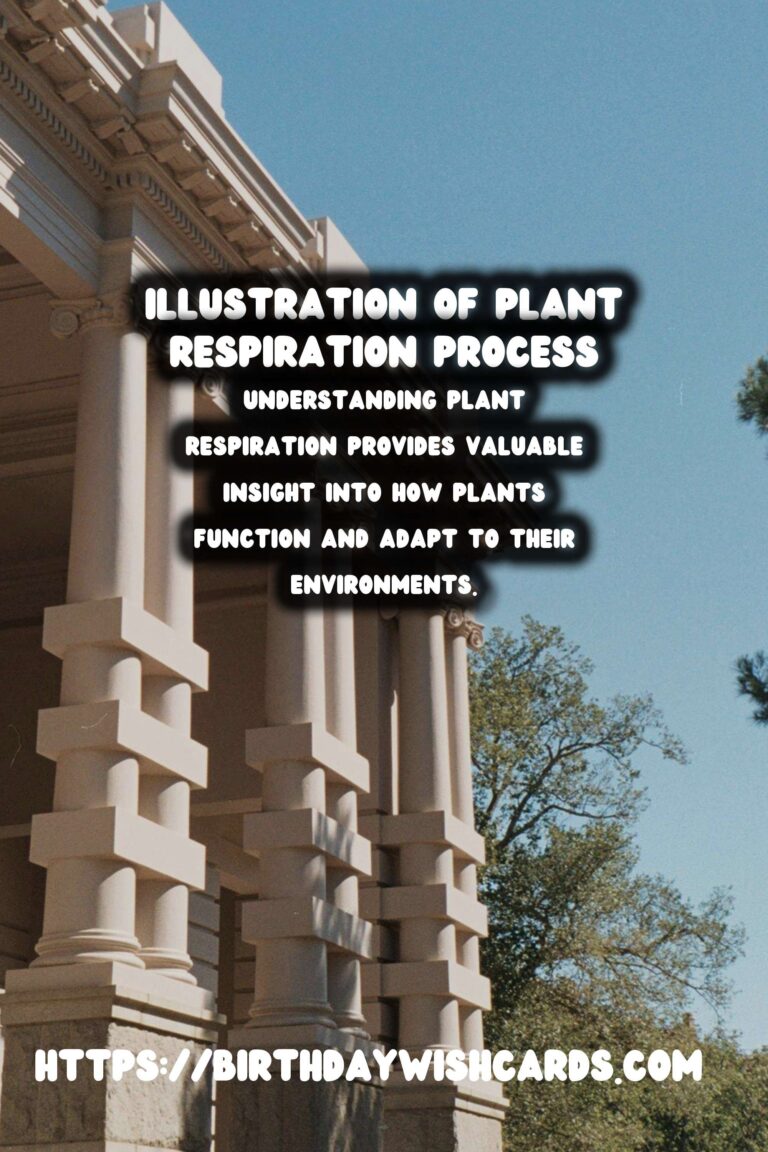
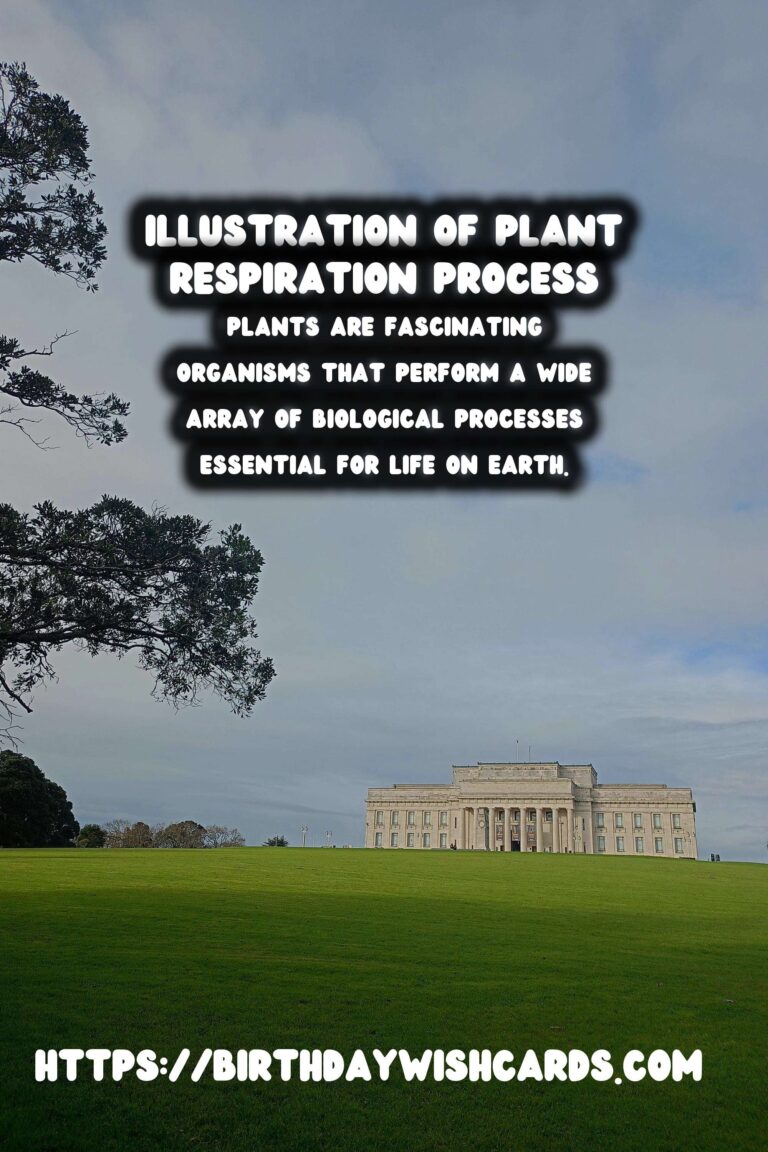
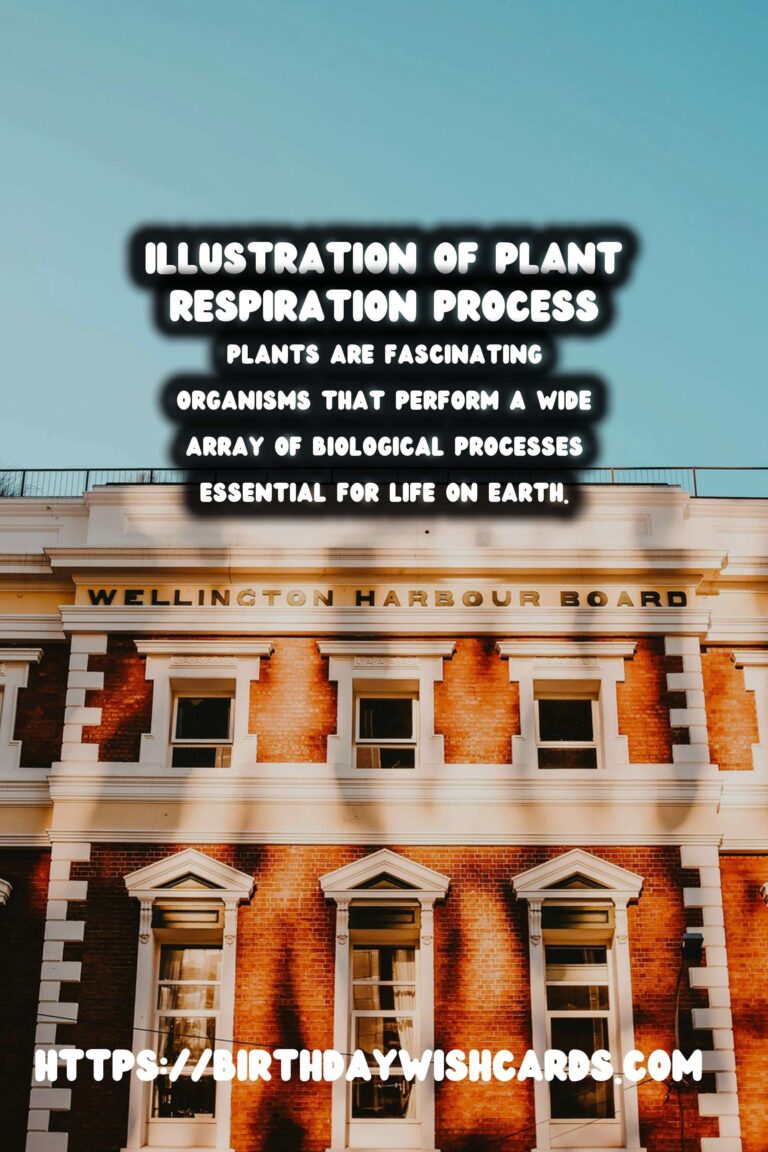
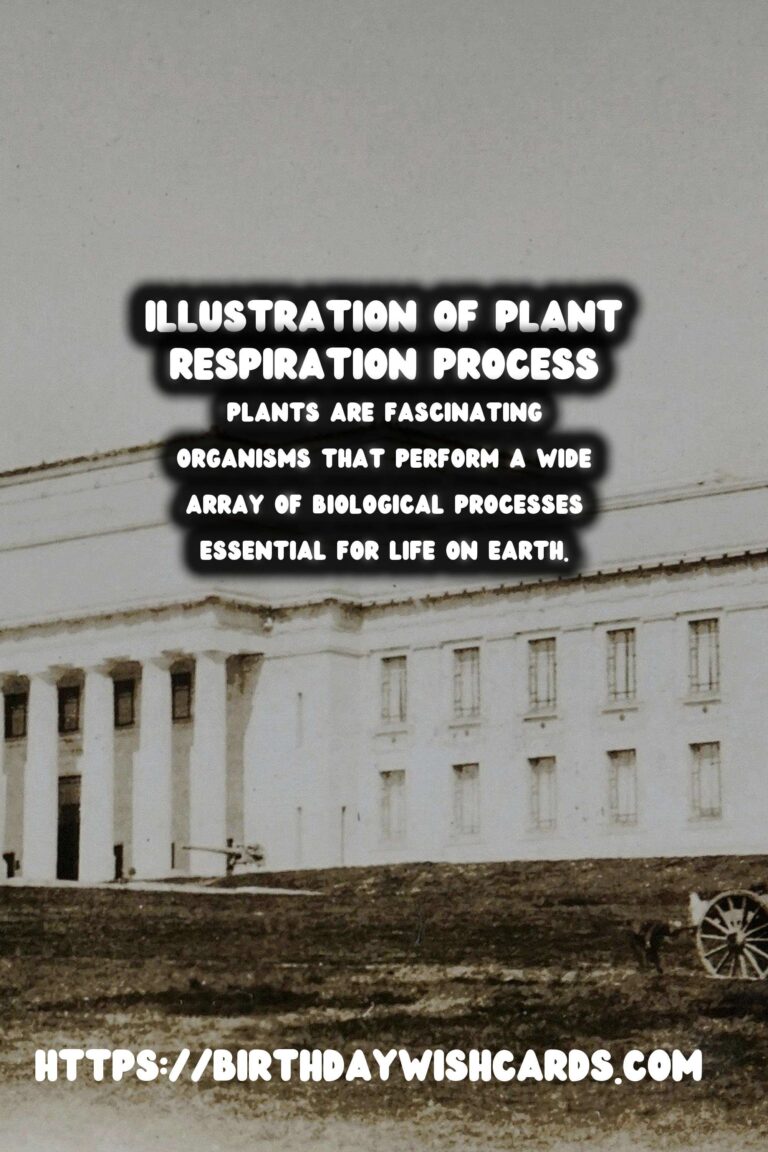

#PlantBiology #Photosynthesis




